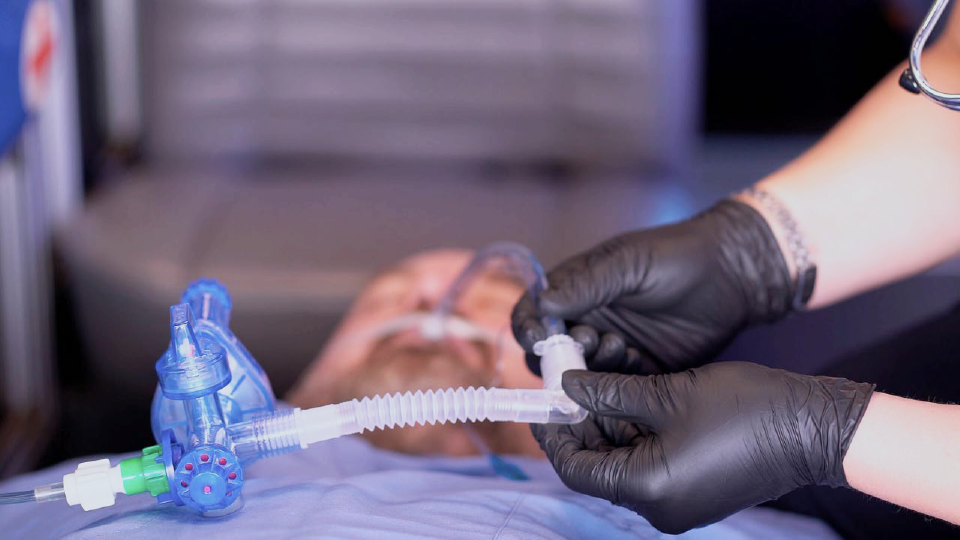
Non-invasive Ventilation with Vortran GO2VENT During Covid-19: Case Studies of Success and Failures
VORTRAN Medical recently had the privilege to participate in a Case Study from which a working protocol was created, based on a hospital’s use of the GO2VENT non-invasively on COVID-19 patients:
Written by: Hugo Ricardo Espejo, MD and Dave E. Swift, RRT
NON-INVASIVE VENTILATION WITH THE VORTRAN GO2VENT DURING COVID-19: CASE STUDIES OF SUCCESSES AND FAILURES.
Objective: In 2020, the COVID-19 pandemic quickly overwhelmed hospital resources around the world. Hospitals including Hospital del IESS Quito Sur in Quito, Ecuador began using the VORTRAN GO2VENT to supplement a limited supply of mechanical ventilators by providing patients with non-invasive ventilatory support using a full face mask in order to avoid the complications associated with intubation.
Methods: Data were collected for 350 COVID-19 patients who received ventilatory support from the GO2VENT at Hospital del IESS Quito Sur. The patients were fitted with a non-vented bilevel/CPAP full face mask and connected to the GO2VENT for a duration of 4 hours. The data collected included vitals, such as heart rate, blood pressure, and respiratory rate, as well as a blood gas analysis. The ROX Index, RASS score, and HACOR score were further used to document the patients’ tolerance to the GO2VENT.
Results: This case study focuses on 4 patients with varying experiences. Patient 1 saw an overall increase in ROX score and made a full recovery after 10 days of care. Patient 2 saw a moderate decrease in ROX score, indicating the need to transfer the patient to mechanical ventilation, which eventually led to death. Patient 3 saw very low ROX scores, which served as a predictor for the patient’s severe condition, which eventually led to death. Patient 4 experienced lessening degrees of respiratory distress when on the GO2VENT and was eventually transferred to a high flow oxygen mask.
Conclusion: The developed protocol proved useful in directing each patient to the proper treatment limb based on their ROX scores, HACOR scores, and ABG analyses. While the GO2VENT performed its role sufficiently when used non-invasively, some patients with declining ROX scores required a higher level of support via intubation and mechanical ventilation. The protocol can be used as a predictor to determine which patients will benefit from the GO2VENT, avoiding the complications associated with mechanical ventilation.
Click here to see the entire working protocol and case study of using the Go2Vent
Article courtesy of: https://www.linkedin.com/pulse/non-invasive-ventilation-vortran-go2vent


